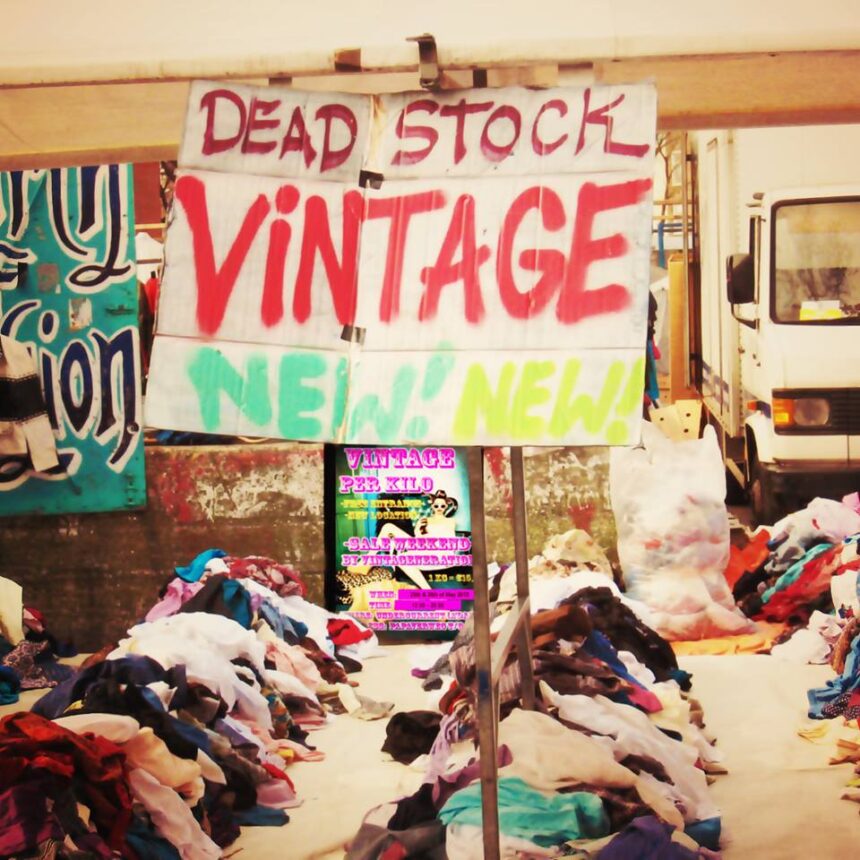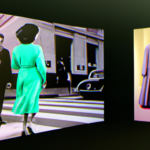The History of Vintage Shopping in Amsterdam: From Markets to Boutiques
Amsterdam is a city that is known for its rich history, beautiful architecture, and vibrant culture. It is also a city that has a long and fascinating history when it comes to vintage shopping. From bustling markets to chic boutiques, Amsterdam has something to offer for every vintage lover. In this article, we will take a closer look at the history of vintage shopping in Amsterdam and how it has evolved over the years.
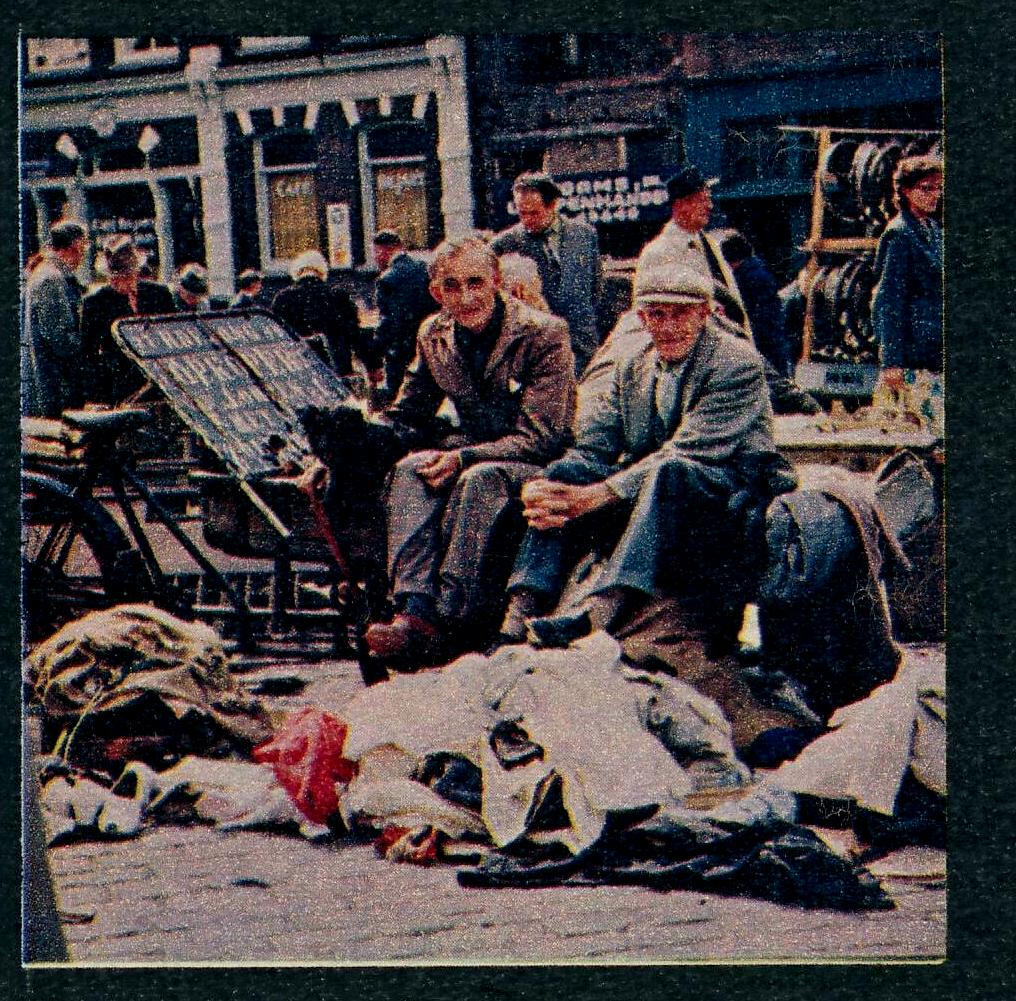
The Early Days: Markets and Second-Hand Shops
The history of vintage shopping in Amsterdam can be traced back to the early 20th century when markets and second-hand shops started to emerge in the city. These markets and shops were primarily aimed at working-class people who were looking for affordable clothing and household items. The most famous market of this time was the Waterlooplein market, which opened in 1885 and is still in operation today.
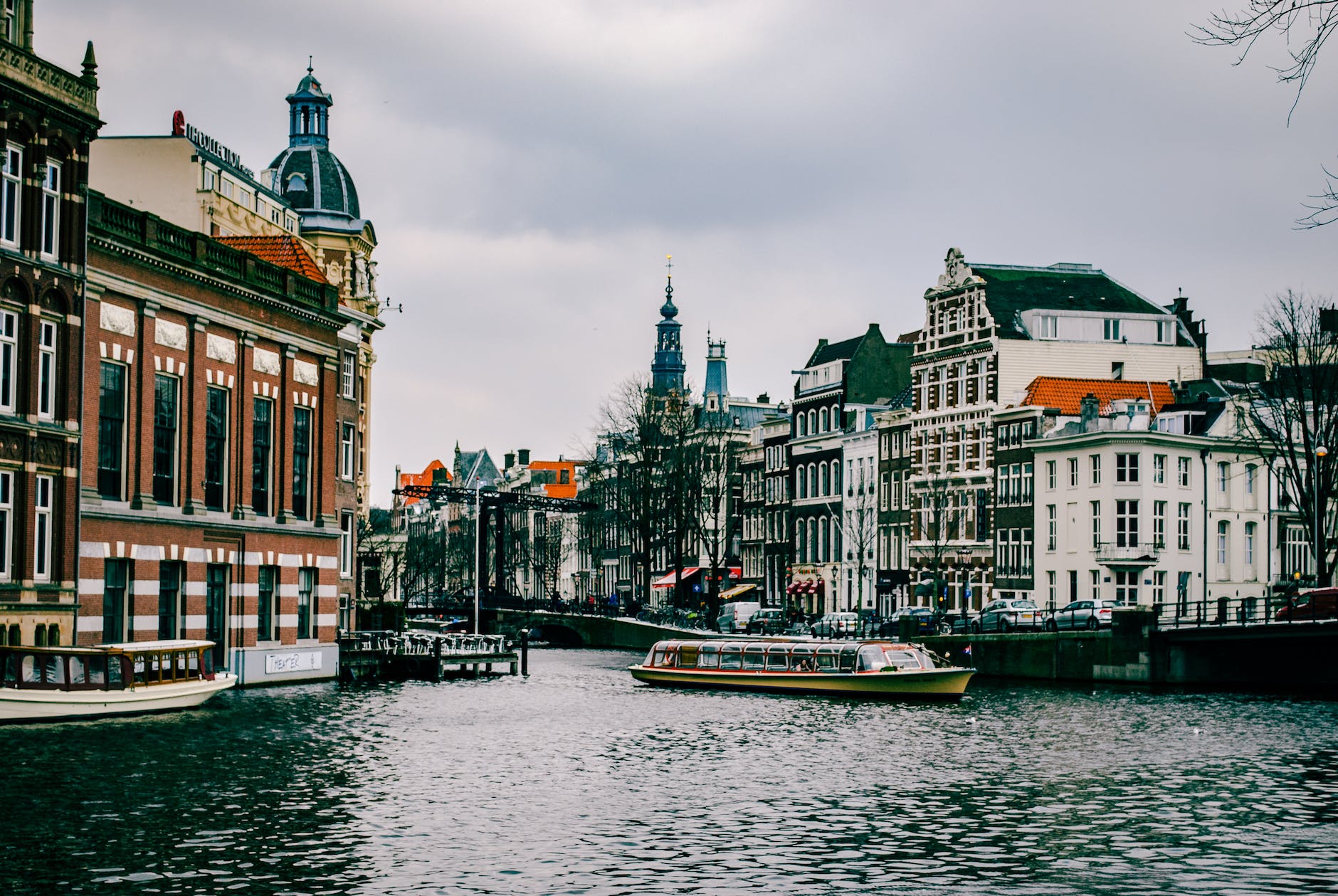
During the 1960s and 1970s, Amsterdam became a hub for counterculture and alternative lifestyles. This led to an increase in the popularity of vintage clothing and accessories, as people started to embrace a more bohemian style. Vintage markets and second-hand shops became more popular, and new ones started to open up all over the city.
The Rise of Vintage Boutiques
In the 1980s and 1990s, vintage shopping in Amsterdam started to evolve. Vintage boutiques started to emerge, offering a more curated and high-end selection of vintage clothing and accessories. These boutiques were aimed at a more affluent clientele who were looking for unique and high-quality vintage pieces.
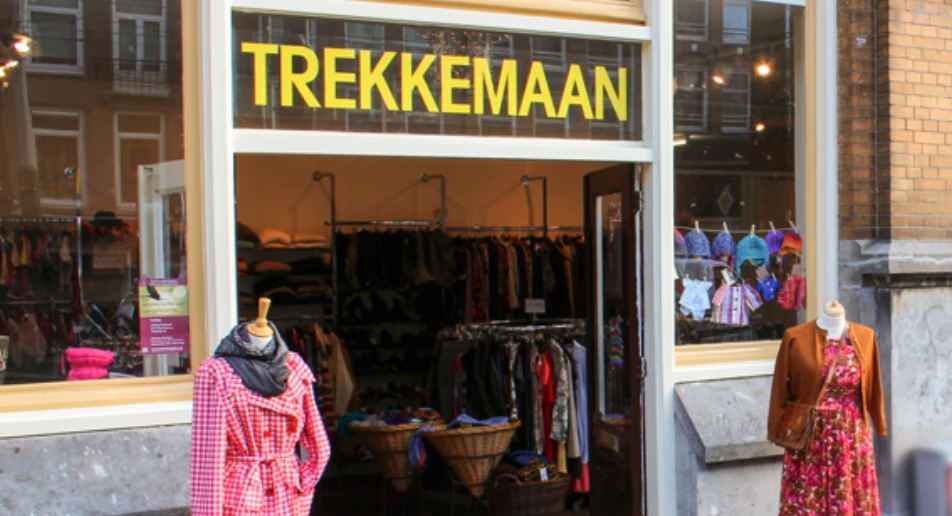
One of the most famous vintage boutiques in Amsterdam is Episode, which opened its first store in 1999. Episode is known for its carefully curated selection of vintage clothing and accessories from the 1950s to the 1990s. The store has become a must-visit destination for vintage lovers from all over the world.
The Modern Era: Online Shopping and Sustainability
In recent years, vintage shopping in Amsterdam has continued to evolve. Online vintage shops have become more popular, offering vintage lovers the convenience of shopping from home. Many vintage boutiques in Amsterdam also have an online presence, making it easier for customers to browse their collections and make purchases.
Another trend that has emerged in recent years is the focus on sustainability. Vintage shopping is seen as a more sustainable alternative to fast fashion, as it reduces the demand for new clothing and helps to reduce waste. Many vintage boutiques in Amsterdam have embraced this trend, promoting their collections as a more eco-friendly option.
The Future of Vintage Shopping in Amsterdam
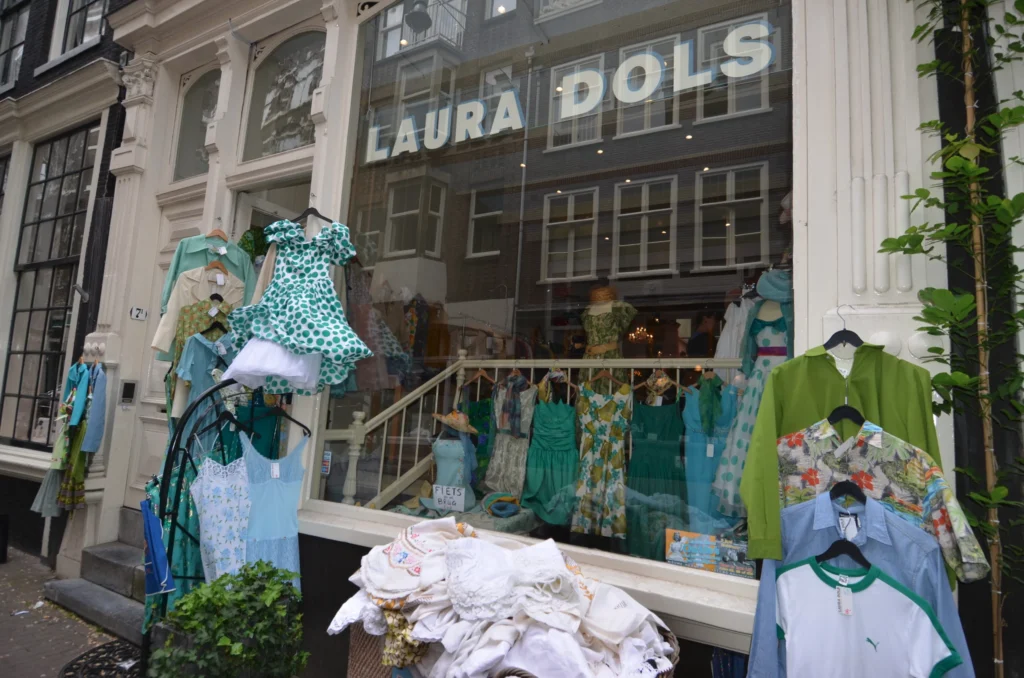
As vintage shopping continues to evolve, it is clear that it will remain an important part of Amsterdam’s cultural landscape. The city’s rich history and vibrant culture make it the perfect destination for vintage lovers from all over the world.
One trend that is likely to continue is the focus on sustainability. As more people become aware of the environmental impact of fast fashion, vintage shopping is likely to become even more popular. Vintage boutiques in Amsterdam will continue to promote their collections as a more eco-friendly option, and we may see more vintage markets and second-hand shops opening up in the city.
Conclusion
Vintage shopping in Amsterdam has a long and fascinating history, from the early days of markets and second-hand shops to the rise of vintage boutiques and the modern era of online shopping and sustainability. As vintage shopping continues to evolve, it is clear that it will remain an important part of Amsterdam’s cultural landscape. Whether you are a seasoned vintage lover or a newcomer to the world of vintage shopping, Amsterdam has something to offer for everyone.

